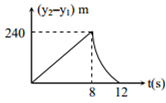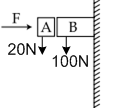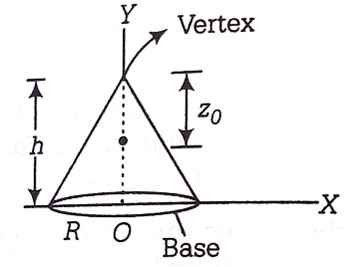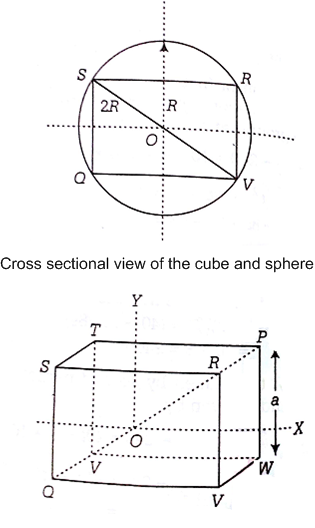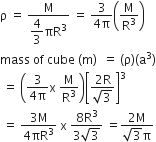Two stones are thrown up simultaneously from the edge of a cliff 240 m high with an initial speed of 10 m/s and 40 m/s respectively. Which of the following graph best represents the time variation of relative position of the second stone with respect to the first? (Assume stones do not rebound after hitting the ground and neglect air resistance, take g = 10 m/s2 )
C.

The concept of relative motion can be applied to predict the nature of motion of one particle with respect to the other.
Consider the stones thrown up simultaneously as shown in the diagram below.
Considering the motion of the second particle with respect to the first we have relative acceleration
|a21| = |a2-a1| = g-g = 0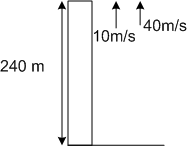
Thus, motion of the first particle is straight line with respect to the second particle till the first particle strikes ground at a time given by
Thus, distance covered by the second particle with respect to the first particle in 8s is
S12 = (v21) t = (40-10)(8s)
= 30 x 8 = 240m
Similarly, time taken by the second particle to strike the ground is given by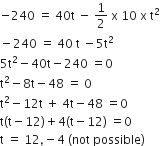
Thus, after the 8s magnitude of relative velocity will increases up to 12 s when the second particle strikes the ground.





